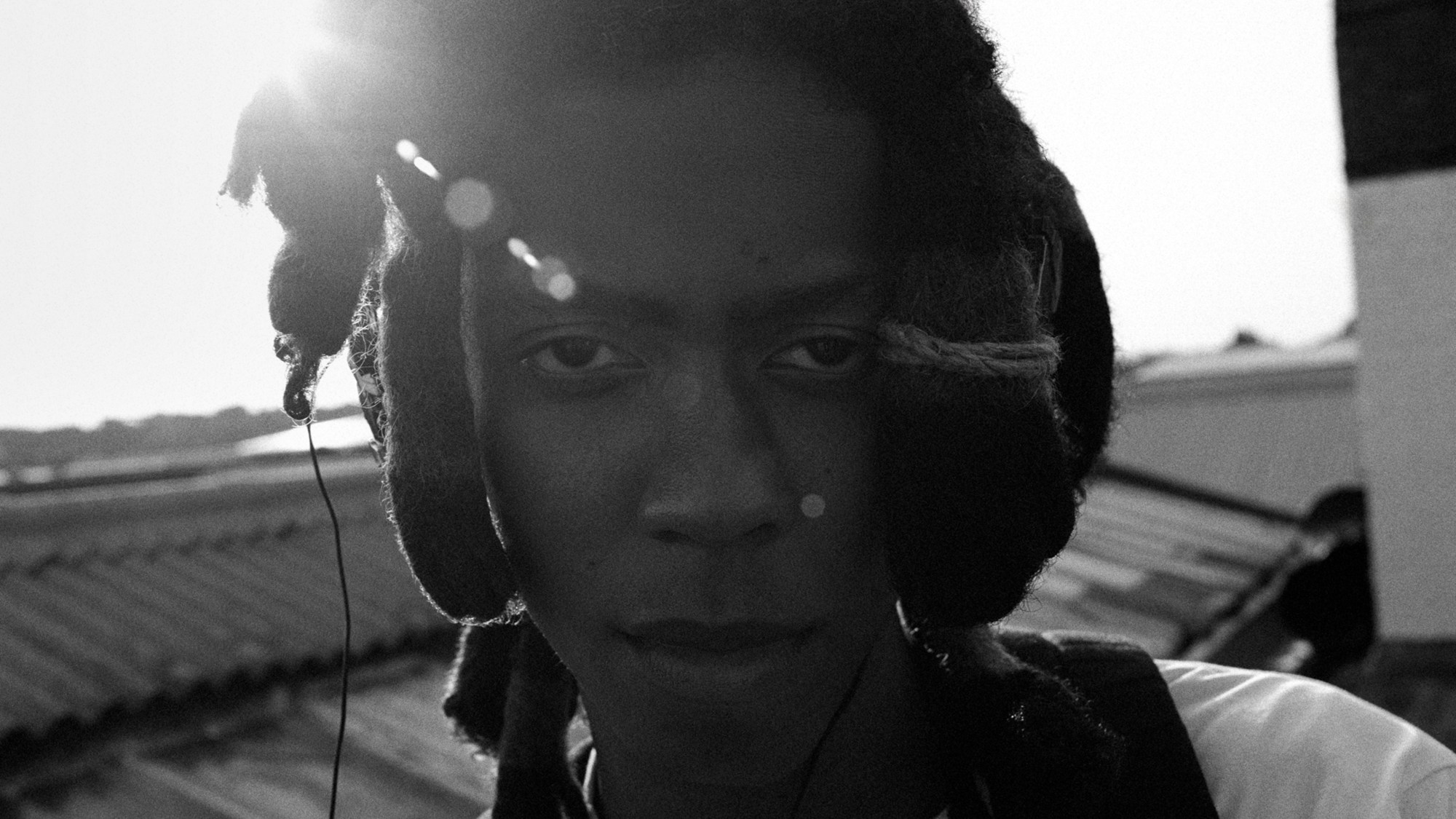This story originally appeared in i-D’s The New Wave Issue, no. 373, Fall/Winter 2023. Order your copy here.
It’s common to label exciting young musicians as ‘the sound of now’, or even ‘the sound of the future’. But Llainwire — whose punchy sonic paintings are crafted from the brush strokes of rapid multilingual lyrics, lashed over a canvas of genre-bending beats that pick at the binaries of class division and traditional gender identity — is an artist so captivating that you feel like you’re witnessing someone who has travelled back in time from the future to redefine exactly what the ‘now’ could be.
“Llain is my government name backwards — Niall,” they explain simply as we begin our interview, “but I also picked the name because there’s this anime called Serial Experiments Lane where the main character really represents my journey and personal battle with digital identity and non-binary-ness: trying to exist between the two and feeling almost like the body feels sometimes a burden or a shell or a box for yourself.”
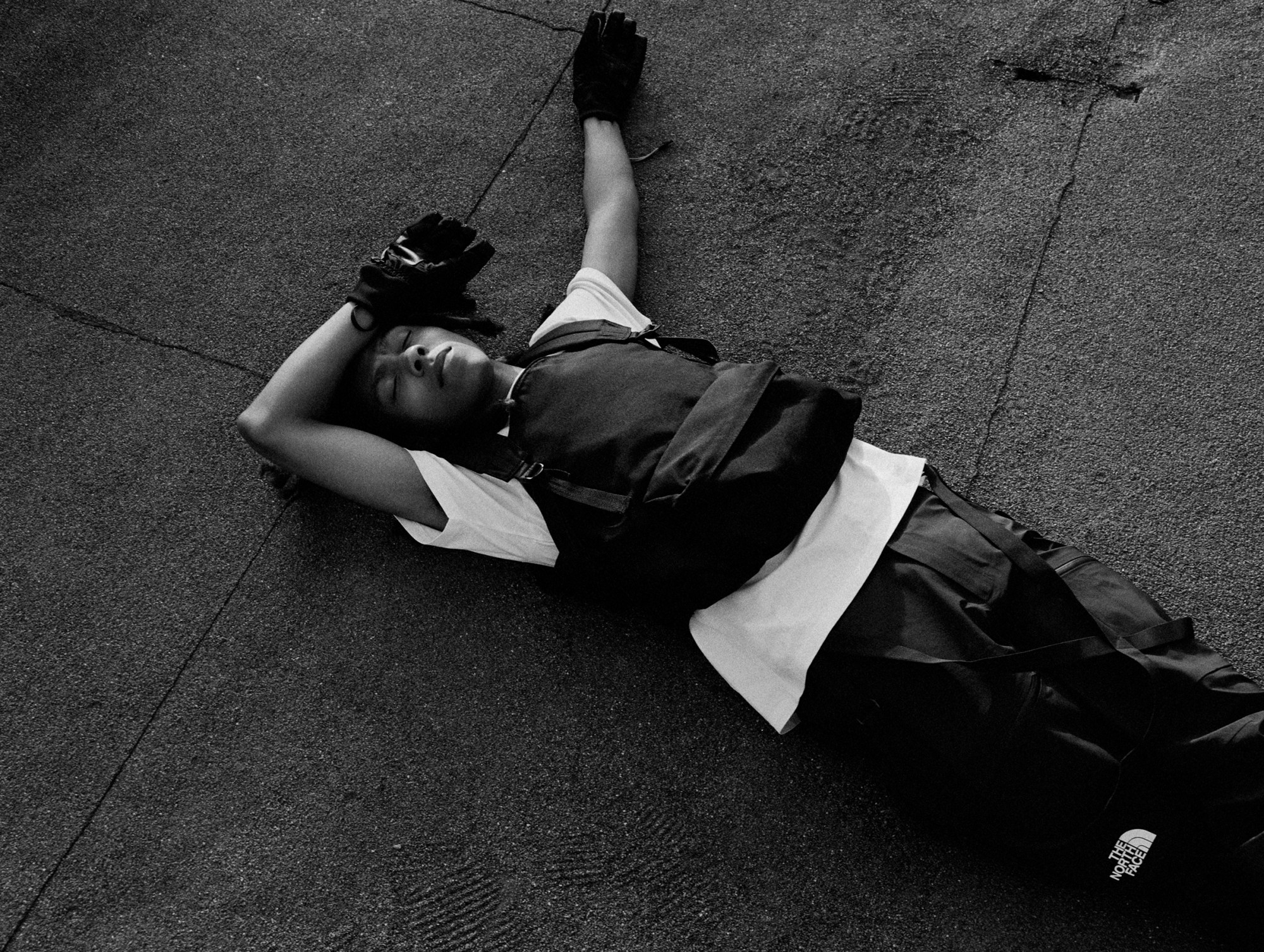
“The wire is because I like hardware,” they continue, “although in my house, I’m not very good at wire management, you don’t know what’s plugging into where…”
Despite their claims, to ever accuse Niall of being bad with technology would be wildly inaccurate — in fact, it’s the artist’s series of eye-catching, self-crafted music videos which accompanied a flurry of single releases earlier this year, that first found them digital renown. In them, viewers witness a tug of war between iPhone footage of the real world and the artist’s post-apocalyptic CGI-rendered universe: the Niall we see on screen flickers between a lifelike 3D model and their actual physical entity, each taking turns to flit and flex in and out of both digital and IRL realms, all edited perfectly in time to the beat. “I guess I’m just trying to make music and world-build at the same time, by bringing the digital and physical together in a way that’s kind of refreshing,” they reflect. “I like to switch in and out between the two — the music is supposed to be a moulding of that.”
“I’m trying to make music and world-build at the same time.”
The music in question comes in the form of their self-written, self produced, two-minute smorgasbords of floaty trap-rap beats paired with an industrial approach to dancehall you might associate with the likes of Gaika. Across them, Niall shows off their playful rhyming ability and acute cultural awareness: ‘I got two chains on me diamonds lookin’ like a flower Murakami / I look at my girl she in Chitose Abe’ in their debut single “Casca”.
But how do you define a sound you’ve never heard before? “My stuff is cyberpunk,” they state with an air of authority. “I feel like it’s the audio manifestation of books by authors like Neal Stephenson or Sadie Plant and William Gibson.”
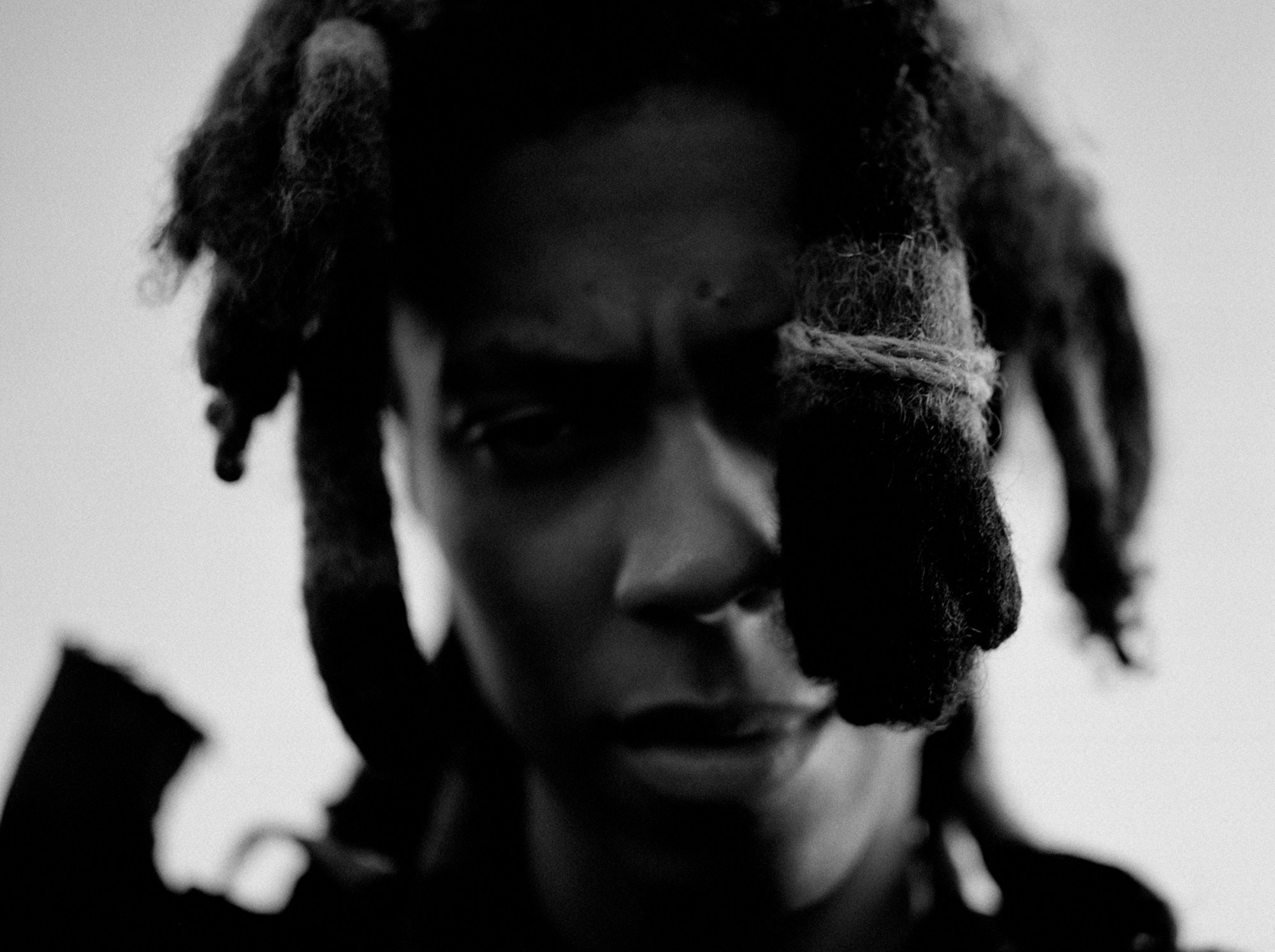
Dystopian speculative fiction aside, the style Niall has dreamt up can also be traced back to musical influences from their youth. “I was really into Gorillaz as a kid, which I think shows in the visual aspect of my work,” they explain. “My brother put me on to J Dilla which exposed me to beat production, and Aphex Twin “Window Licker” was one of the first music videos I saw. Plus I was into Goldie and Tricky… and Azealia Banks!”
Born to parents of mixed Jamaican and European heritage, Niall grew up in Bristol under difficult conditions in a single-mum household: “I don’t want to go too deep into it, but the first ten years of my life we were living in this cramped council house. We’re all just sharing one room, and that was kind of life.” His mum battled for a new council home, and the family were eventually moved next to one of the most affluent areas of the city, exposing them to that ever-present feature of British society: the class divide. “It was the weirdest dynamic. If I just walked up the hill, we were in the catchment area for the posh secondary school,” they explain, “there was no one around me in the same situation and it was like ‘yeah we should be grateful, but we’re still really broke’.”
Like most children, Niall had grown up assuming everyone was in the same boat, but this early experience of the UK’s gaping wealth inequality went on to have a lasting impact. “You go to your friend’s house and you see they’ve got a trampoline, it’s mad. It feels weird. I felt like I had to change my vocabulary. I felt ostracised because of my identity, or where I’m from, or money, class or whatever.”
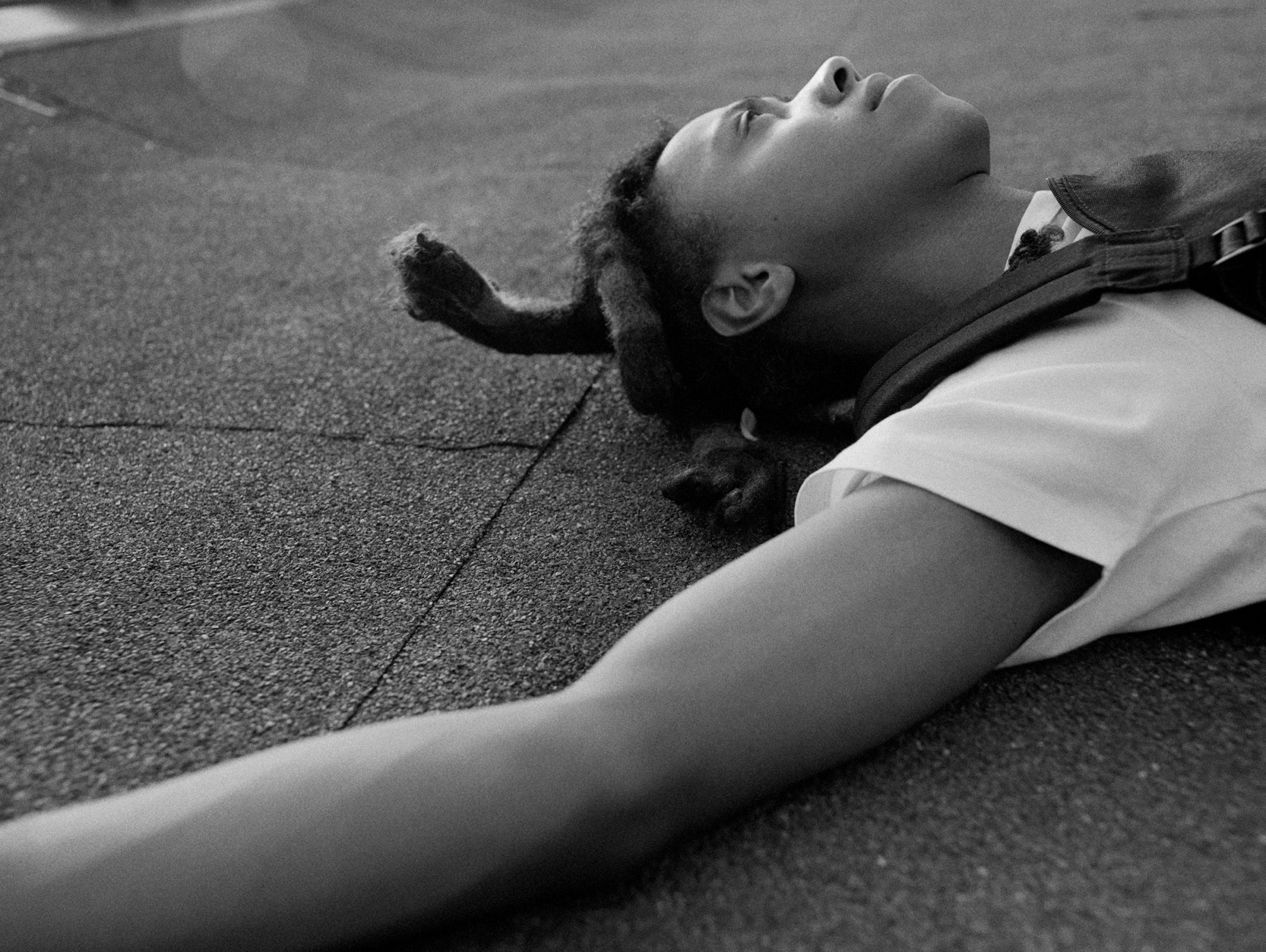
During this period Niall looked to “escape reality” through video games, which would go on to inspire not only their aesthetic, but also their sound. “My mum came off benefits and was working in Blockbuster. That was the best time for me — having all those games at your disposal it was like… heaven,” they smile, “Rage Racer, we had it on the PlayStation 1— the music was just insane. It was my first inkling of Jungle and sonically was a big influence.”
But the title to have the most significant impact on Niall was the highly acclaimed and influential Japanese survival horror series Silent Hill, which follows a group of characters as they confront their inner demons. “I didn’t play it growing up. It was too scary. I’m not going to cap, I was shook!” they smile, “I’ve played them now, though. There’s such a psychological aspect to it. The characters have gone through certain things, and they’re imagining monsters that don’t even exist. It felt like all the shit I’ve gone through growing up, the horror of being alone and feeling like a weirdo.”
Despite their best efforts to adapt to new surroundings, the feelings of isolation caused them to “wild out” leading to various expulsions from school to school, until they “ended up at the worst school in Bristol, and you have to learn the lingo, so then I was code-switching again… I feel like that had a big impact on my identity,” they point out. “That’s maybe why in my music I’m switching languages or switching the cadence or my accent around. It represents me.” An example of this can be found on Trust Fund, perhaps the biggest of five tracks Niall has released so far, in which they effortlessly glide from abstract lines in English about Hinge dates and Lamborghinis into prickly flurries of Patois, before boldly declaring: “I come from blue-collar, made my trust fund.”
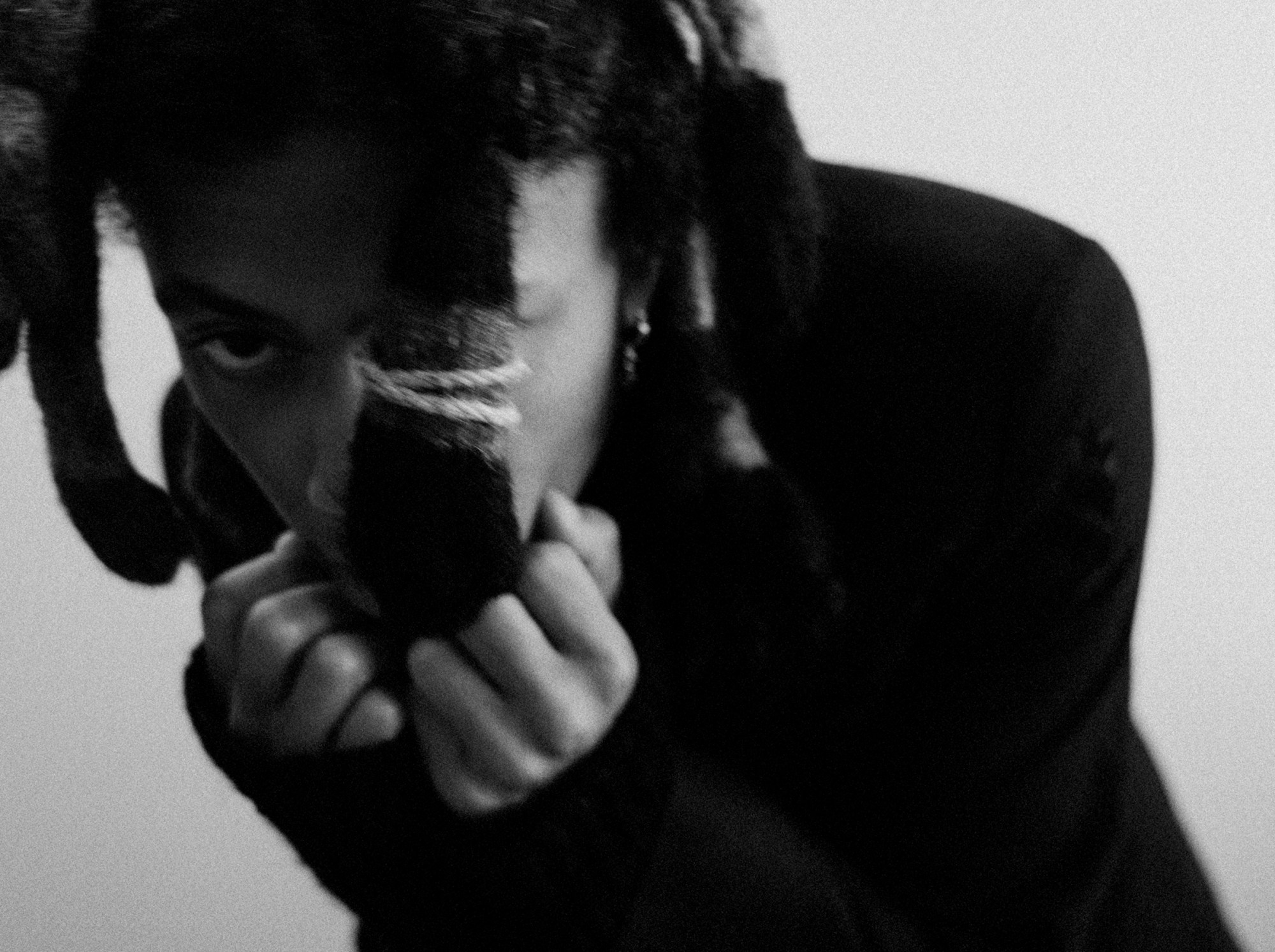
That lyric in particular, they explain, references their experiences at art school in London, where they had miraculously managed to forge an early career by selling paintings in the capital after stints of homelessness and stays in youth hostels during their early teens back in Bristol. “Finally, I made my first trust fund even though everyone else around me is chilling and had their fucking trust fund from early. I’m finally being like, ‘You know what? I’m going to get those Rick Owens boots’, or whatever,” they laugh. “I regret it now!”
Despite the obstacles thrown into their path, Niall has found a bittersweet optimism in the journey. “I know I’ve learned all these different things out of a trauma response, feeling like I can’t trust people, so I’m going to just make everything myself. I’m going to make the music, I’m going to make the video, I’m going to do the 3D, I’m going to do the editing, I’m going to do the colour grade… I think it came from not wanting to rely on people, but now I’m changing.”
That evolution in approach has come from processing their emotions in some very necessary therapy sessions — a topic they address on the autotuned chorus of their introspective track “Bleed”, announcing ‘I had to kill my old self, I’m sorry, watch me… bleed’. “That old self was the thick skin I put up to be able to manoeuvre through the world,” they say. “The idea is that I’m bringing back my inner child. I want to bring back that nature, where you’re open to new things again.”
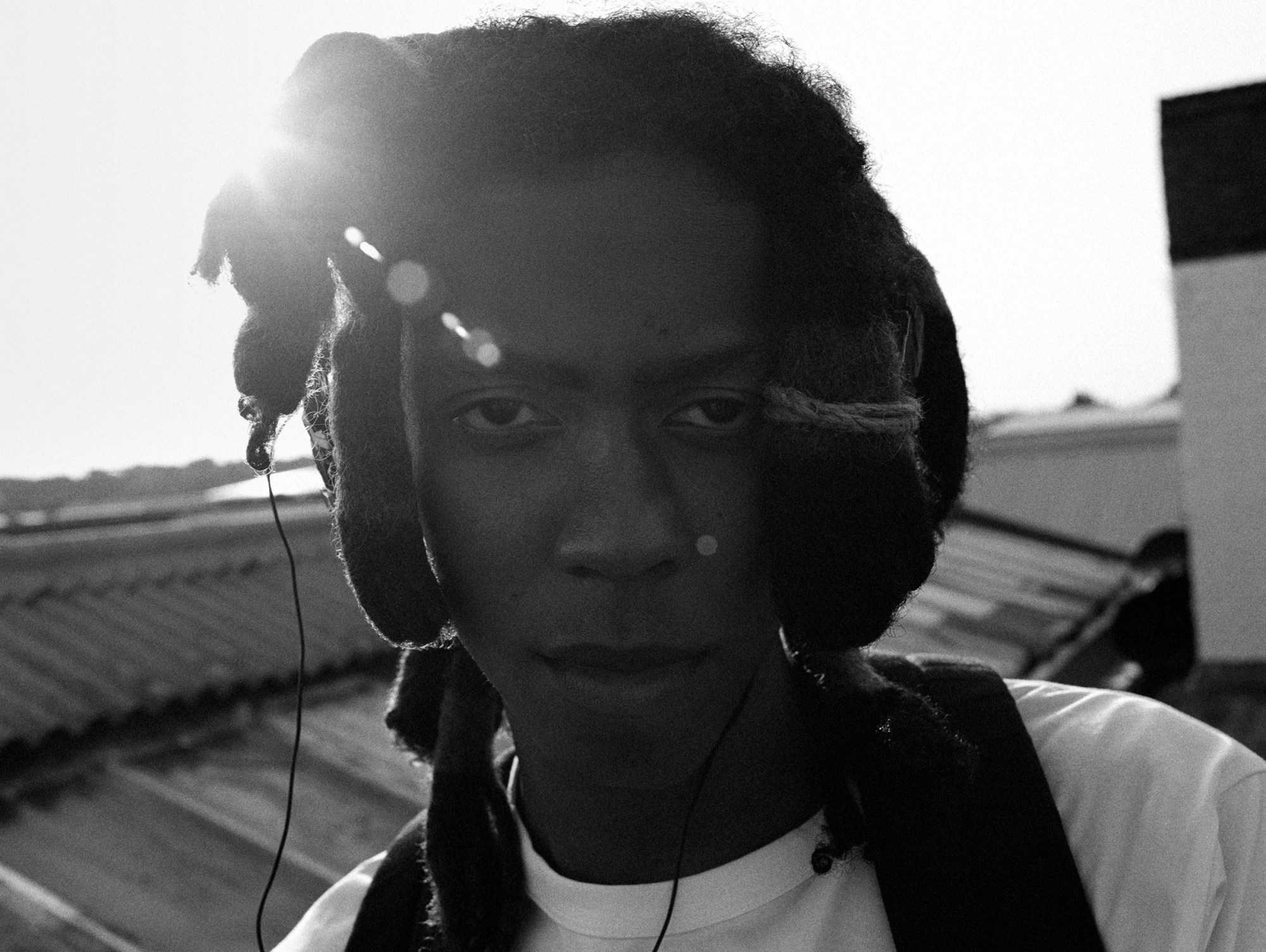
Speaking of change, we turn to the topic of what comes next—and Niall has big plans. “With streaming, you just click a button and the song is there. You don’t touch anything, you don’t get a CD or a flyer,” they point out, “so my end goal with all of this is to make music that’s super interactive — to the point that you’re playing a music video that’s a game, and experience songs with a real sense of tangibility.”
While many musicians have expansive dreams of world-building, in an industry increasingly obsessed with one-hit-wonder TikTok artists and algorithms, emerging talent can often be quickly left behind if they don’t play by the ‘rules’. Niall, who is still independent, can take a refreshingly measured approach to it all. “I felt pressure initially a couple of months ago,” they admit candidly, “then thought: ‘am I in this for the short game or the long game?’ I almost got convinced to think short term — metrics, metrics, metrics — but that’s not the goal. I want to make a dent in the space, and change things for the better.”
“This first year has been like a raw and rough teaser of what could be,” they reflect with a wry smile. “I’m taking my time to make some more thoughtful, composed stuff. I want to be a longevity artist. Like Sade or Björk, you know? Someone that people actually want to go back and reference. So yeah, I’m not in a rush.”
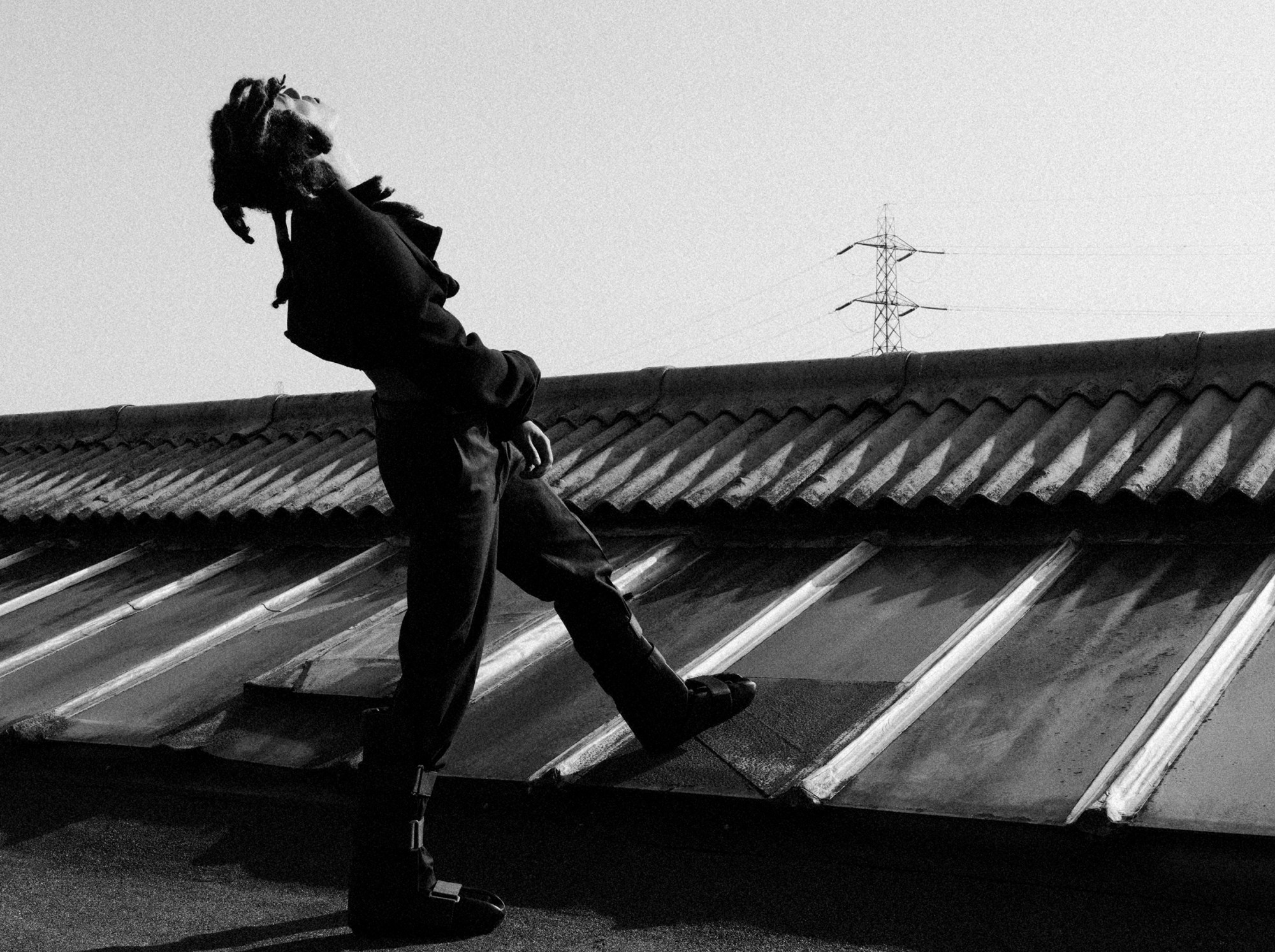
Credits
Photography Fenn O’Meally
Fashion Louis Prier Tisdall
